Domestic and international archaeologists are excavating at Trang An, Ninh Binh province (Photo: NINH BINH DEPARTMENT OF TOURISM).
This discovery is not only shocking because of its rarity, but also opens a new door to look back at human history in the context of the end of the Ice Age.
The remains of a man in Thung Binh 1 cave are considered a “prehistoric witness”. For archaeological researchers, that “witness” has stepped out of the past to tell a vivid story about prehistoric human life in Ninh Binh and Vietnam tens of thousands of years ago.
Rare archaeological evidence and scientific decoding
After more than 20 years of research at the Trang An scenic complex, especially the archaeological excavation process from 2017 to 2018, domestic and international scientists found a skeleton marked as TBH in the Thung Binh 1 cave area. The skeleton dates back about 13,000 years and is one of the few human remains from the end of the Ice Age that are preserved intact in Southeast Asia.
The skeleton found belonged to an adult male, about 1.74m tall, who died at the age of 35. Remarkably, the body still bore a wound from a quartz spear, a rare and sophisticated weapon never seen before in Southeast Asian archaeology. The wound likely caused a severe infection, but the man lived for several weeks before dying.
The skeleton found belonged to an adult man, about 1m74 tall, who died at the age of 35.
Associate Professor, Dr. Nguyen Khac Su, Senior Researcher at the Vietnam Academy of Social Sciences, emphasized: “This warrior was pierced by a quartz arrow - a rare weapon never seen before in Southeast Asian archaeology - causing a serious wound that led to infection and death. The remains also tell us that the residents here performed burials in the style of lying down with their knees bent, reflecting the humanistic culture of the community at that time.”
The greatest value does not stop at finding the remains. For the first time in the world , scientists have successfully decoded the DNA of a human individual who existed 13,000 years ago, preserved in a humid tropical climate. This is an international success, eliminating the long-standing prejudice that tropical regions cannot preserve ancient genes. The mitochondrial DNA sample obtained is one of the oldest data in Vietnam, showing that the individual belongs to the M branch, an indigenous genetic lineage, associated with the hunting and gathering communities in Southeast Asia and South Asia. This result adds an invaluable piece to the global genetic map, affirming the role of Southeast Asia in the history of human migration and evolution.
“When we came here, our goal was to find archaeological documents and artifacts about human life. Being able to find such a complete human skeleton is a special reward for archaeologists like us,” said Dr. Thorsten Kahlert, Queen's University, an expert on the SUNDASIA archaeological project (a project established with the purpose of learning about the lives of prehistoric people).
The SUNDASIA archaeological project focuses on finding and discovering relics and hopes to reconstruct the lives of prehistoric people. Trang An Heritage is an area that has experienced many environmental changes, with times of sea advance and retreat. It is very important to be able to learn through relics and remains like the above about how people adapted to environmental changes. The project will show us how prehistoric people lived and provide information for how we will respond to climate change in the present and the future. The major archaeological discoveries here are also an opportunity to promote Trang An Heritage.
International archaeologists analyze archaeological samples at Trang An. (Photo: NINH BINH DEPARTMENT OF TOURISM)
Cultural and historical significance
From a scientific perspective, the above archaeological discovery expands our understanding of prehistoric body morphology, health, pathology and community life. It shows that Trang An residents 13,000 years ago knew how to make sophisticated tools, use gemstones as weapons and survive in harsh environments. From a social perspective, this is evidence of survival conflicts, and at the same time reflects humane cultural behavior through burial rituals.
Deputy Director of Ninh Binh Department of Tourism Nguyen Cao Tan commented: The discovery of the results of scientific research on archaeological sites in Thung Binh 1 is a very long and persistent process of scientists in general and of Ninh Binh locality in particular. This site once again shows that Trang An is a rich, diverse and extremely valuable heritage. It can be affirmed that this is a breakthrough discovery and has a relatively interesting scientific value so that we have a more complete picture of the life of prehistoric people in Trang An from ancient times to the present day.
Currently, this special relic is being preserved and displayed at Bai Dinh Pagoda.
On a broader scale, this discovery blends with the nation's long historical flow with important milestones. That is the journey of 13,000 years of human persistence in surviving on the land of Trang An; 1,000 years of national history associated with the capital Hoa Lu during the Dinh-Tien Le period; 80 modern years since the August Revolution of 1945 - all of which form a source of memory connecting the past with the present, from prehistory to the history of building and defending the country.
The success of the archaeological discoveries and research in Thung Binh 1 cave, Trang An has also spread strongly in prestigious international journals such as Proceedings of The Royal Society B (2025) and major media channels: CNN, Fox, Yahoo, MSN... with the confirmation of more than 20 leading universities in the world such as: Copenhagen University (Denmark), Queen's Belfast (UK). This information has brought Trang An to the center of attention of global researchers, archaeologists and historians. The reconstructed model of the prehistoric witness is currently preserved and displayed at Bai Dinh pagoda, in the Trang An scenic complex, allowing domestic and foreign audiences to admire a rare relic of humanity.
Source: https://nhandan.vn/nhan-chung-thoi-tien-su-giua-long-di-san-trang-an-post908122.html


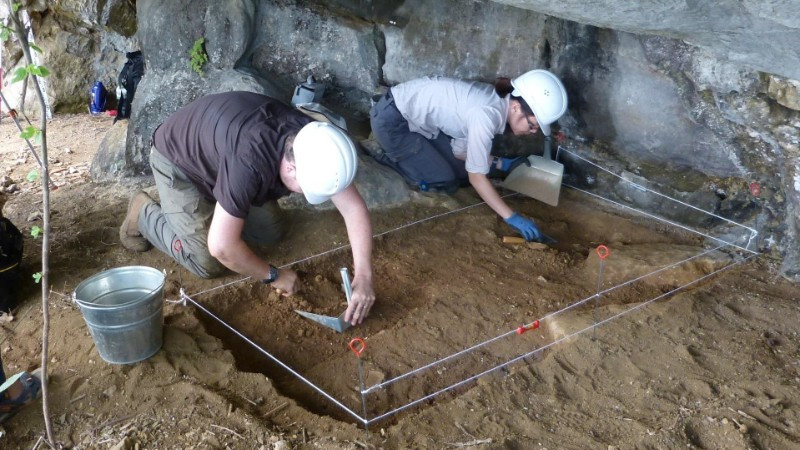
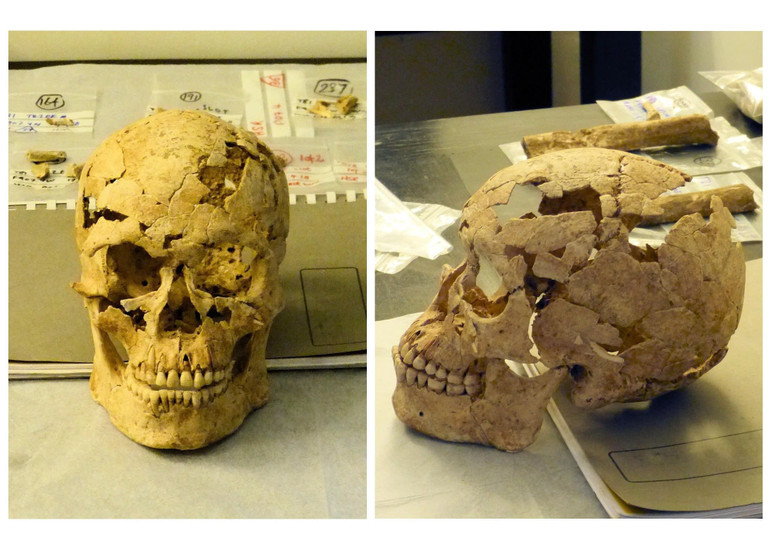
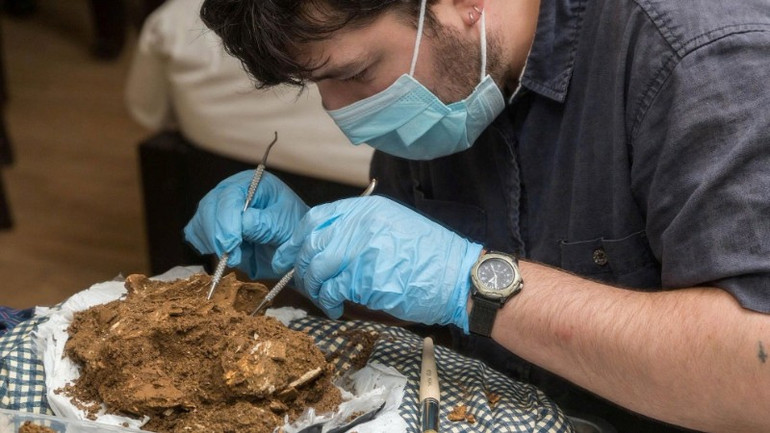
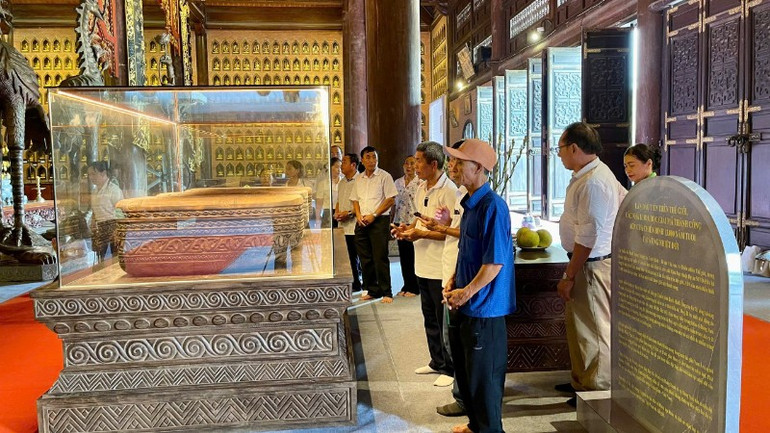


![[Photo] Prime Minister Pham Minh Chinh chairs the Conference to deploy the National Target Program on Drug Prevention and Control until 2030](https://vphoto.vietnam.vn/thumb/1200x675/vietnam/resource/IMAGE/2025/10/09/1759990393779_dsc-0495-jpg.webp)


![[Photo] Prime Minister Pham Minh Chinh chairs a meeting of the Government Standing Committee on overcoming the consequences of natural disasters after storm No. 11](https://vphoto.vietnam.vn/thumb/1200x675/vietnam/resource/IMAGE/2025/10/09/1759997894015_dsc-0591-jpg.webp)
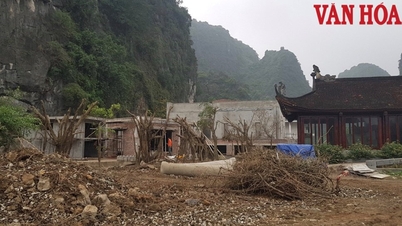


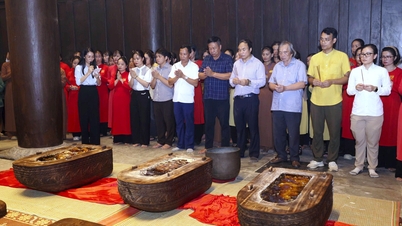

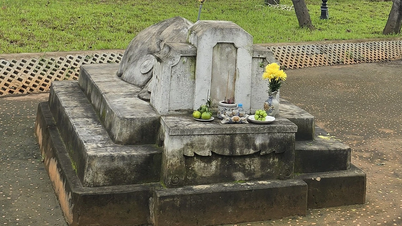

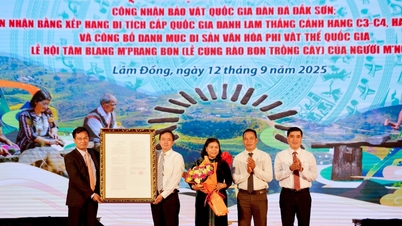

















![[Video] Opening of the 1st Congress of Tay Ninh Provincial Party Committee: Building Tay Ninh into a strategic connection center](https://vphoto.vietnam.vn/thumb/402x226/vietnam/resource/IMAGE/2025/10/09/1760014702739_tay-ninh-jpg.webp)



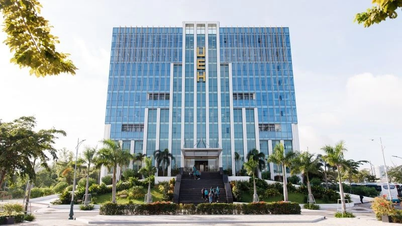



























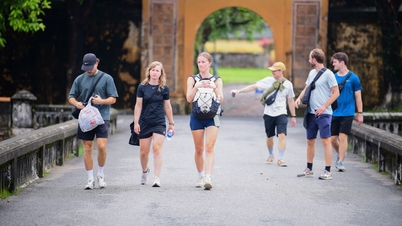





























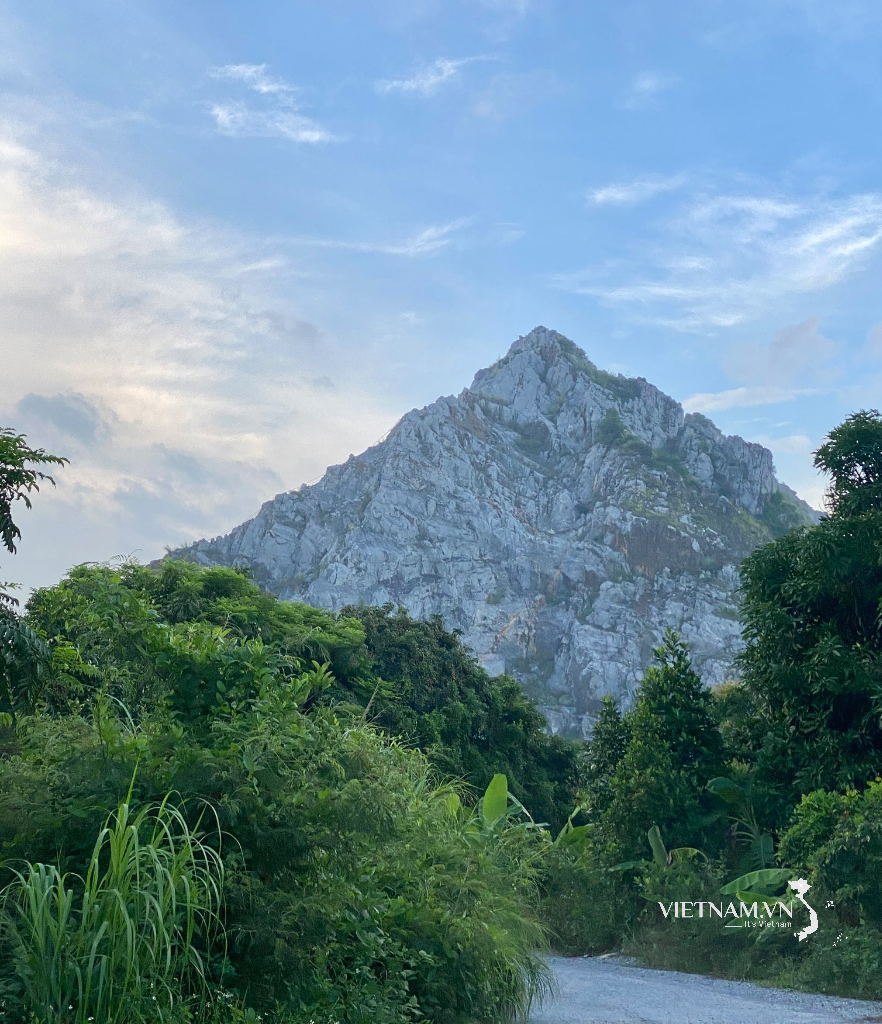



Comment (0)